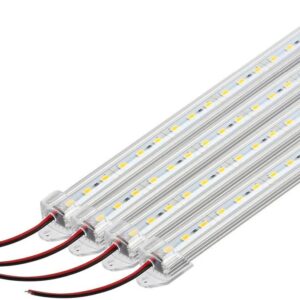Leds
A light-emitting diode (LED) is a two-lead semiconductor light source. It is a p–n junction diode that emits light when activated. When a suitable current is applied to the leads, electrons are able to recombine with electron holes within the device, releasing energy in the form of photons. This effect is called electroluminescence, and the color of the light (corresponding to the energy of the photon) is determined by the energy band gap of the semiconductor. LEDs are typically small (less than 1 mm2) and integrated optical components may be used to shape the radiation pattern.
Showing 1–16 of 69 results
-
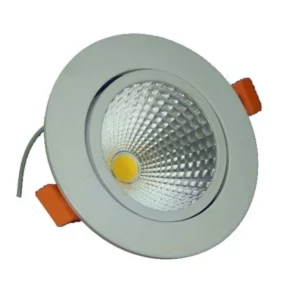
SHARK Saving 6-Watt LED Spot Light (Warm White)
Read more -

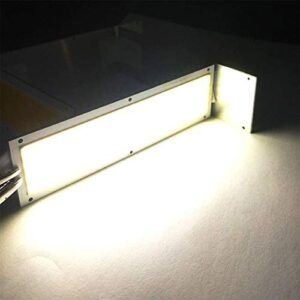
Sumbulbs 120x36MM 1300LM Ultra Bright LED Light Source 12W COB Lamp for Lights DIY Waterproof LED Chip Module Bulb Strip (Natural White)
Read more -

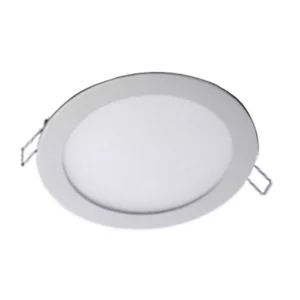
Embedded Spot LED 26W 2700K
Read more -


Car Decoration Light – Interior Atmosphere Lights LED For Auto Door
Read more -

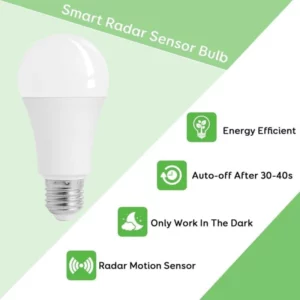
E27 Radar Sensor Ambient PIR Motion Home Sound+Light Sensor LED Globe Bulb Auto Sensitive Light Lamp 12W
Read more -

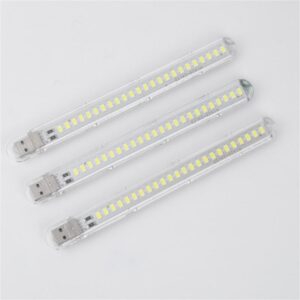
Portable Mini 5V USB LED Light 24 LEDs Indoor Table Desk Book Lamp Flashlight Night Light For Power Bank Laptop Camping Lighting
Read more -


SHARK LED 5W – Lamp 5W Warm Light
Read more -

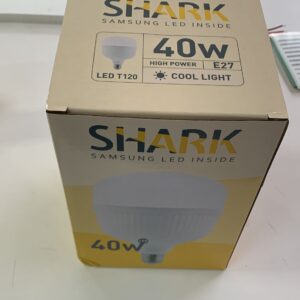
SHARK LED 40W – Lamp 40W Day Light E27
Read more -

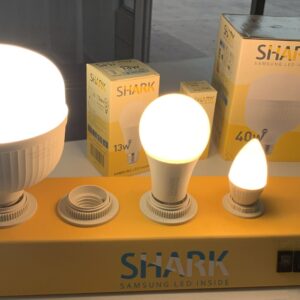
SHARK LED 13W – Lamp 13W Warm Light E27
Read more -


SHARK LED 13W – Lamp 13W WHITE E27
Read more -

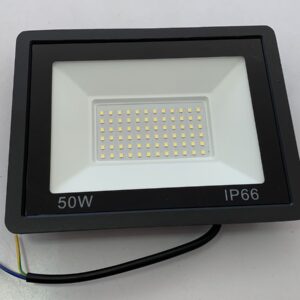
50W Led Flood Light AC 220V IP66 Waterproof Ultra Thin Floodlight Outdoor Lighting Street Lamp Projector LED Spotlight
Read more -


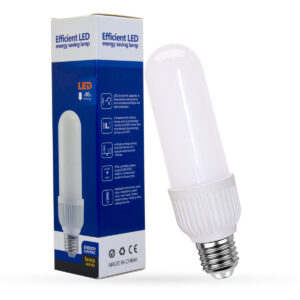
LAMBA LED 6W – WHITE E27 3000K
Read more -



LAMBA LED 6W – Warm WHITE E27 3000K
Read more -

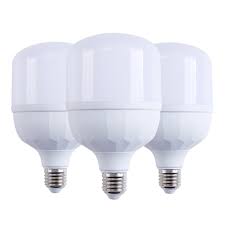
LAMBA LED 42W – Warm WHITE E27 6500K
Read more -

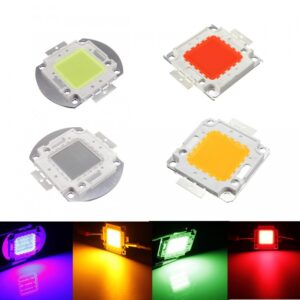
50W Red/Green/Blue/Amber DC32-36V High Power LED Chip Light Lamp Home Car For DIY
Read more

